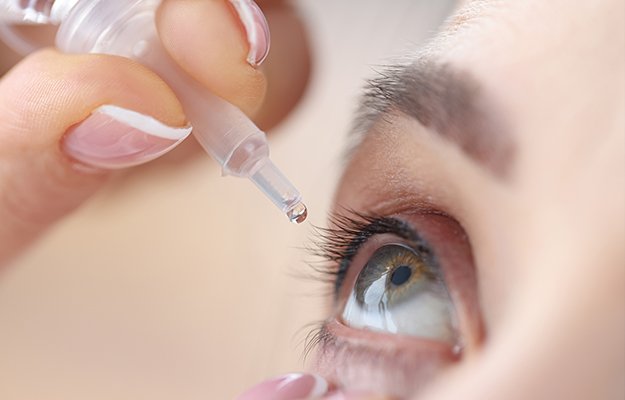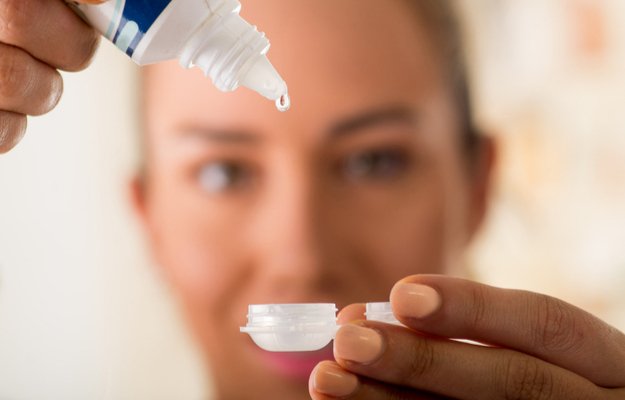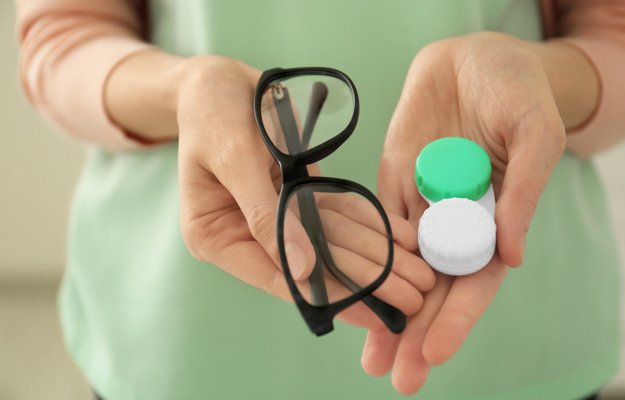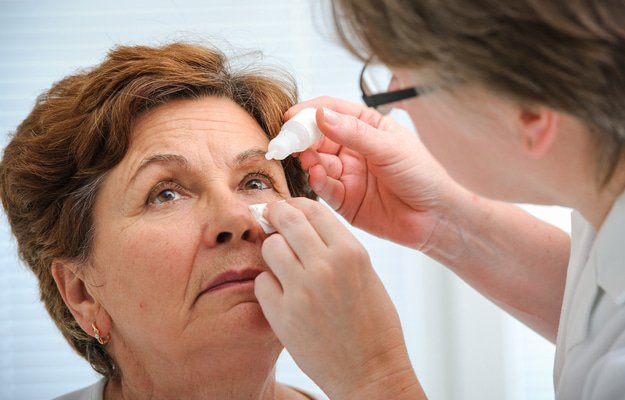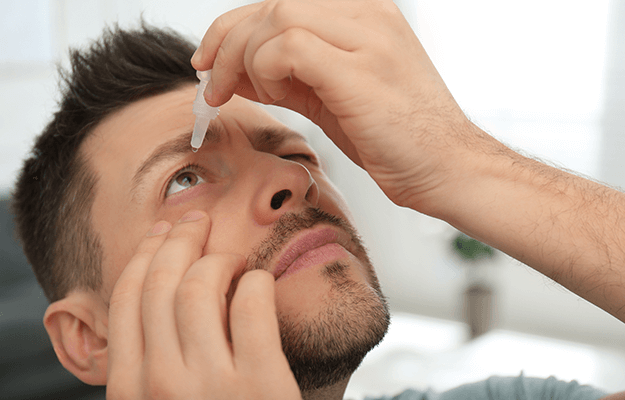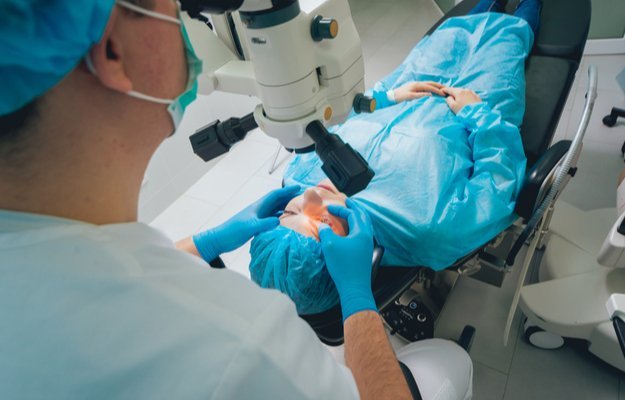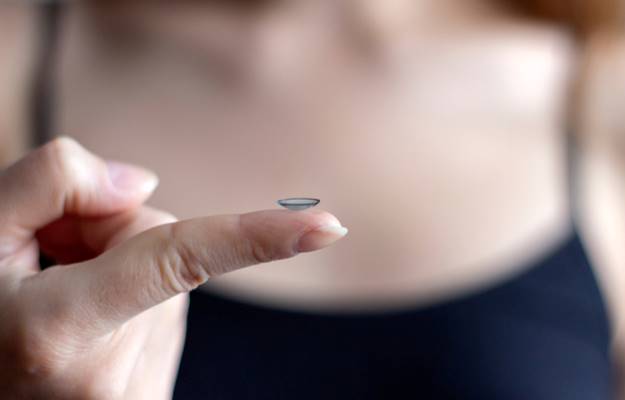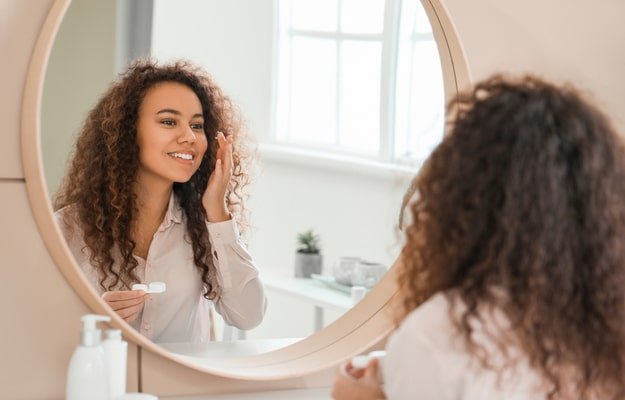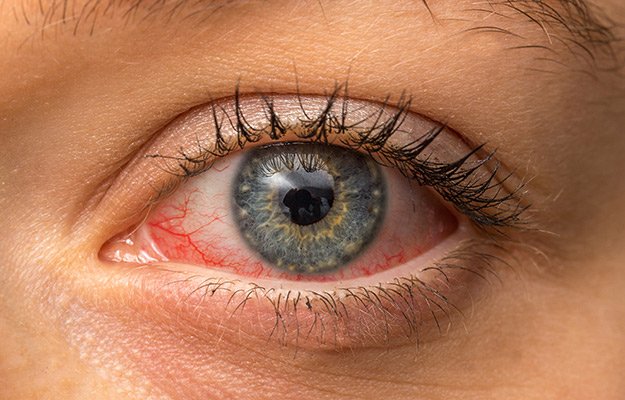Swollen eyes can occur for many reasons. Generally, having swollen eyes is a symptom of an underlying eye condition. Therefore, identifying its cause is necessary to provide the proper treatment and avoid further discomfort.

Are you or your loved ones suffering from swollen eyelids? Keep reading to learn more about the indications of swollen eyes, the possible causes, and treatments.
What Causes Swollen Eyes?
Swollen eyes are a typical eye condition caused by inflammation or an accumulation of fluid in the connective tissues surrounding your eyes. Generally speaking, swollen eyes refer to an immune system reaction to an allergy, infection, or wound.
Depending on the cause, this condition can bring mild to severe pain, affecting the upper or lower eyelid. Experiencing swollen eyelids may occur for several reasons, including:
- Eye allergies (This is the most common cause of swollen eyelids)
- Pink eye (Conjunctivitis)
- Eye injury or trauma
- Chalazion (Meibomian Cyst)
- Style
Swollen Eyes Treatments
Quick And Effective At-Home Treatments
Fortunately, there are several treatments for swollen eyelids you can do in the comfort of your home. Here are some tips you can do in cases of mild swelling:
- Apply a cool compress to ease swelling and pain.
- Remove contact lenses if you are wearing them.
- Place cooled tea bags on your swollen eyelids.
- Do not rub your eyes, or the condition will worsen.
Professional Eye Care Treatments

In more severe conditions where the above tips do not work, medical help is necessary. For example, if swollen eyelids persist for more than 24-48 hours, go to an eye care center immediately for an eye check-up and prescription.
In case of allergies, the doctor may prescribe antihistamine eye drops or oral allergy medicines. An eye care specialist could also suggest steroid eye drops if an allergic response is severe. Medications for ocular herpes and conjunctivitis include anti-viral drugs, anti-inflammatory eye drops, ointments, or antibiotics.
If you suffer from swollen eyes, get an exam today to find the best treatment for your eyes.
Every patient deserves top-quality eye care from us. European Eye Center focuses on providing Western-standard services and determining appropriate treatment plans to help patients restore their vision in a feel-like-home atmosphere.
We are happy to help if you have questions about swollen eyes, other eye conditions, and our primary services. Don’t hesitate to connect with us at appointment@europeaneyecenter.com.
Contact us today to schedule an eye care service!



